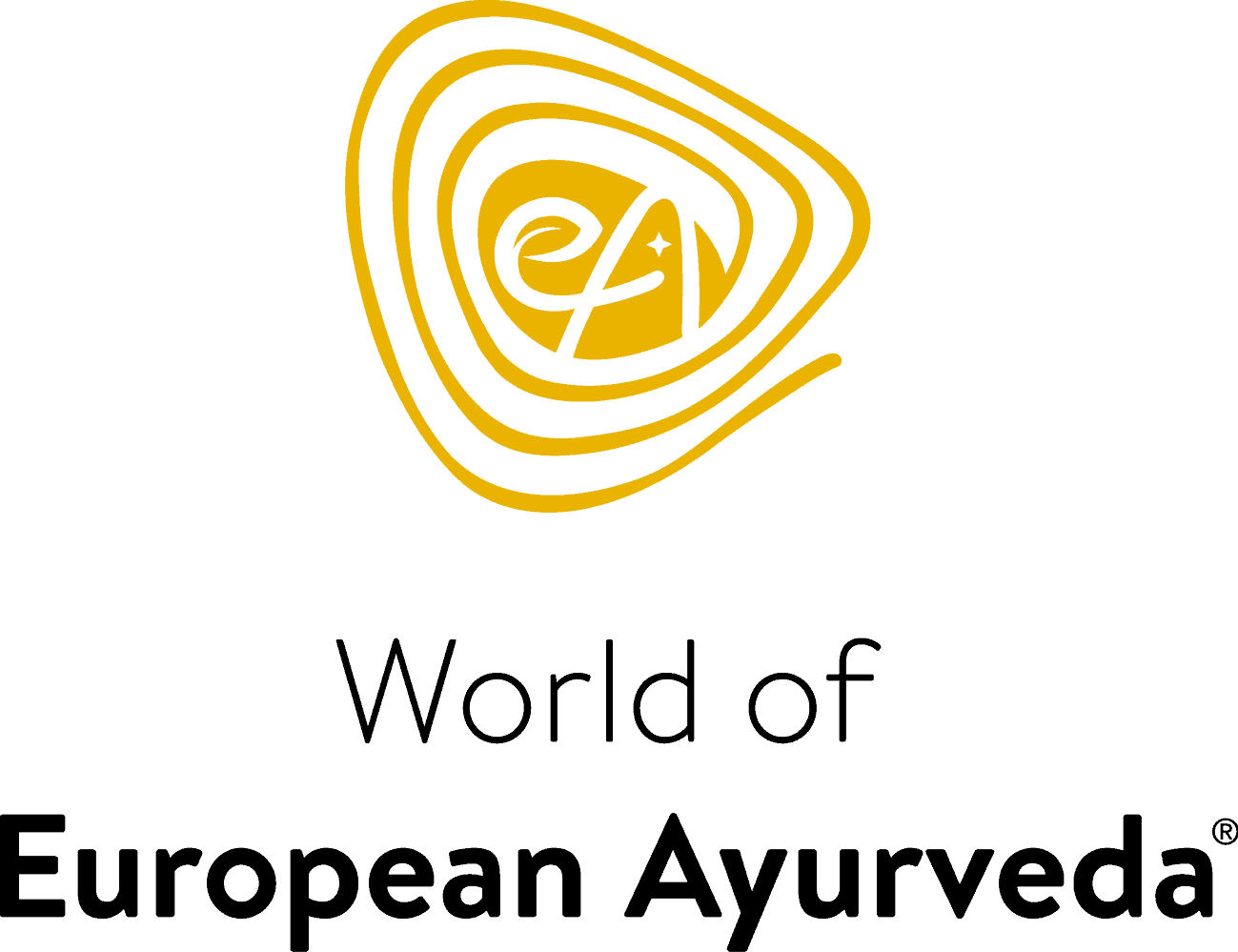Biohacking is in vogue: the term stands for a wide range of activities and approaches that people use to improve their health, increase their performance and optimize their well-being. Interestingly, many biohacking tips are in line with the healing methods of Ayurveda. Learn how to combine the wisdom of Ayurveda with the latest findings from biohacking.
It all starts with the same goal: the desire for a healthy, happy and balanced life is prompting more and more people to actively engage with their own bodies. What distinguishes popular biohacking from Ayurveda is the approach: While biohacking methods focus on controlling and improving the body, including through technological aids such as fitness and sleep trackers or other wearables, Ayurveda is about a natural, holistic and individual improvement in quality of life. What both approaches have in common is that they attempt to closely observe and better understand the processes taking place in the body. Based on this information, it is possible to optimize well-being as well as behaviour and routines.

Ayurveda and biohacking: a harmonious combination
European Ayurveda® integrates some principles of modern biohacking techniques to achieve individual health goals:
1. food supplementation according to Ayurveda principles
In Ayurveda, proper nutrition and the intake of herbs and natural supplements are considered crucial for well-being. Food supplements can play an important role in providing your body with the nutrients it needs to function optimally. European Ayurveda® utilizes this concept by recommending specific supplements that are tailored to individual needs based on the dominant dosha. For example, herbs such as ginger, turmeric and pippali pepper can be used to strengthen vata, coriander and cinnamon to calm pitta and asafetida to balance kapha.
2. intermittent fasting and Ayurveda
Intermittent fasting, a popular biohacking method, is also practiced in Ayurveda, but with consideration of the individual constitution. While some dosha types can benefit from shorter periods of fasting, people with a different dosha constitution should take longer breaks from eating. European Ayurveda® therefore recommends a diet that is tailored to personal needs in order to promote digestion and regulate the metabolism.

3. healthy ayurvedic diet
The Ayurvedic way of life emphasizes the importance of fresh, seasonal foods and individual nutrition plans in harmony with the personal constitution. An Ayurvedic diet changes the composition of macronutrients in the body, which optimizes the metabolism.
4. body observation and self-reflection
Another important aspect of Ayurveda is self-observation and self-reflection in order to develop a deeper understanding of one's own constitution and health. Through continuous self-study, adjustments can be made and a holistic approach to health can be taken. Mindfulness practices such as meditation, pranayama and yoga support this process of spiritual growth.
European Ayurveda as a method for holistic health optimization
By combining the principles of Ayurveda with the latest findings in health and performance optimization, both approaches can be mutually beneficial. However, it is important to emphasize that the teachings of Ayurveda not only see the human being as a body to be optimized, but also integrate mind and soul into the treatment. The aim of Ayurveda is to enable everyone to develop their full potential and lead a life in balance and in harmony with nature.





